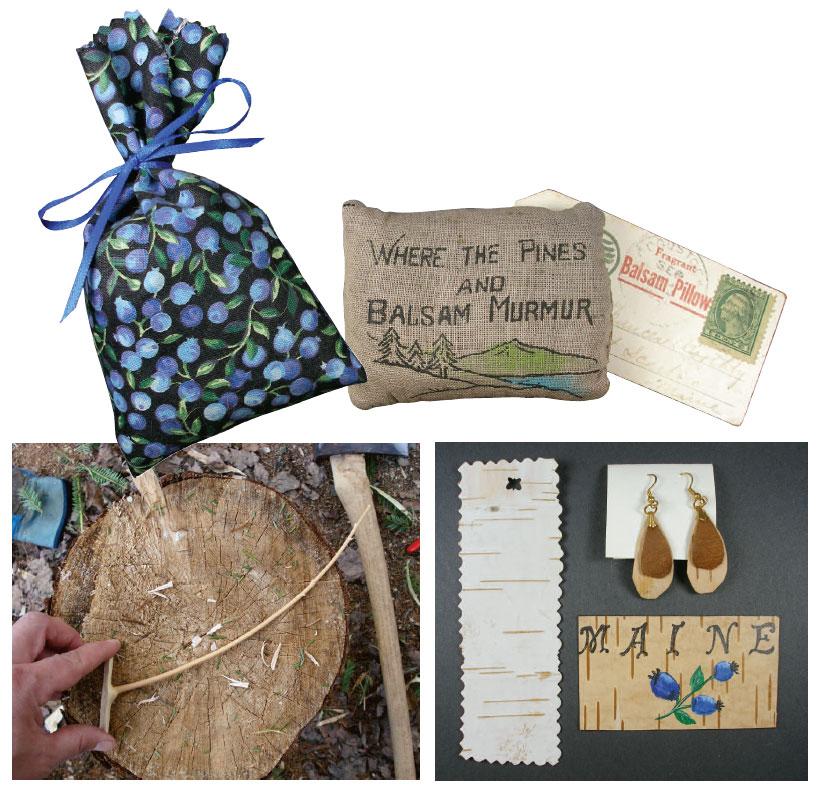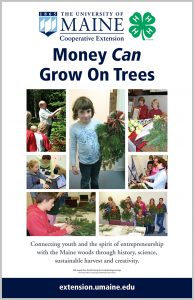
Non-Timber Forest Products
University of Maine Cooperative Extension’s natural resources experts conduct field research and provide information and consultation for people who harvest and use non-timber forest products.

What are non-timber forest products?
- Fiber: brown/black ash, spruce roots, bark
- Food: berries, fiddleheads, maple syrup, mushrooms, nuts, wild leeks (ramps)
- Herbs and medicinals: compounds from pine, needles and birch bark, goldthread
- Maine Woods Icons: balsam fir pillows, weather sticks
- Ornamentals: balsam fir and pine boughs, cedar, birch bark, branches, cones
- Resin: spruce gum, balsam fir
- Seeds: wildflowers, conifer
Small business, the Maine woods, and non-timber forest products — a rich tradition!
Potential for the State of Maine
- enhancing small business development in rural forested areas
- helping farmers and other woodlot owners supplement incomes between timber harvests
- assisting farmers and other woodlot owners to pay their taxes and keep family forests as forests
- engaging youth in the forests of Maine
Non-timber forest products are an important part of Maine’s heritage and culture and have a current estimated value of $55 million/year.
Money Can Grow On Trees
Connecting youth and the spirit of entrepreneurship with the Maine woods through history, science, sustainable harvest, and creativity.
With support from Franklin Savings Bank and Skowhegan Savings.



